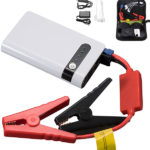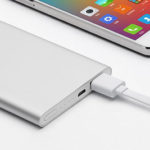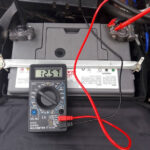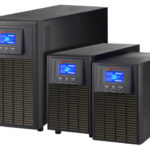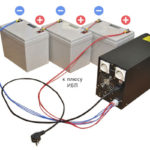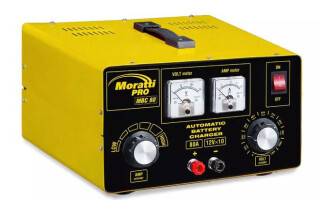Most often problems with the car battery arise in the cold season, when low temperatures lead to its discharge. However, this can also happen due to leaving the lights, car stereo, interior lights on. In order to replenish the capacity of the battery you will need a proper battery charger. How to choose one will be discussed in the article below.
Contents
- 1 Kinds of battery chargers
- 2 How to choose a good battery charger?
- 2.1 Battery voltage 6/12/24V
- 2.2 Type of battery to be charged
- 2.3 Battery capacity
- 2.4 Level of charge control
- 2.5 Desulfation function
- 2.6 Cold rechargeable battery can be charged
- 2.7 Fast charging mode
- 2.8 Setting memory
- 2.9 Indication
- 2.10 Protection against wrong connection
- 2.11 Charging deep discharged batteries
- 2.12 Which brand should I choose?
- 3 Maintenance free batteries
Kinds of battery chargers
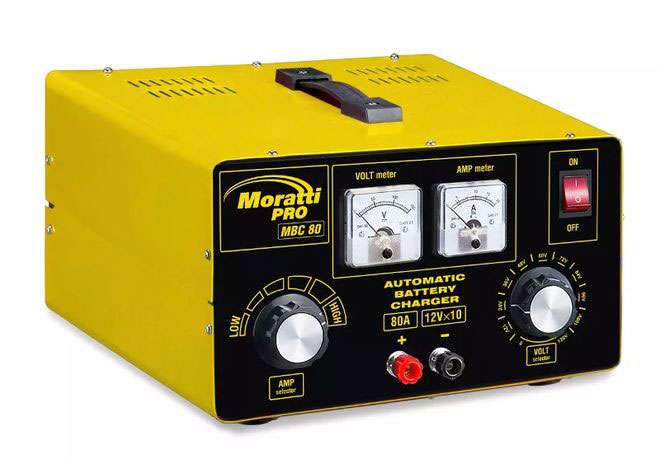
By design and the equipment used, chargers are divided into two types: transformer and inverter. Let's understand these technologies in more detail.
Transformer .
This type of battery chargers (chargers) is considered outdated. They are based on a transformer which supplies a stable 12V current through a diode rectifier bridge. Such chargers have to be controlled manually, constantly monitoring the process of replenishing the capacity. Also among the disadvantages are the cumbersomeness and decent weight.
On the positive side is the reliability of the equipment - many car owners, similar models have been preserved since Soviet times and still continue to function properly.
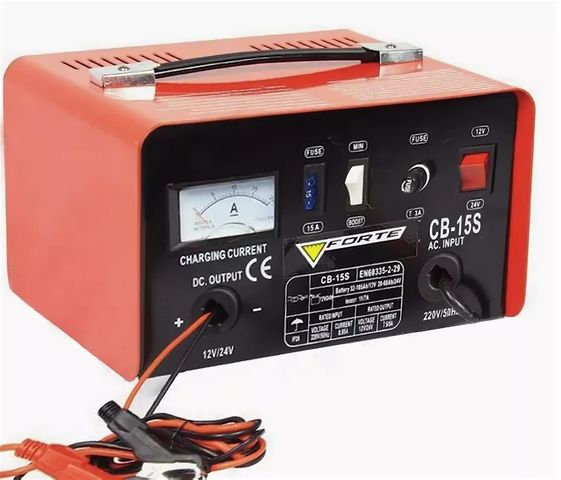
Impulse
The main difference between impulse storage devices is the current supply by pulses, not by direct voltage. The design is based on a board or microprocessor which controls the process of replenishing the capacity: a higher current is applied at the start, while the current decreases as the charge progresses. Also, these devices are capable of charging deeply discharged batteries with an ultra-low current, which a transformer charger cannot do.
Impulse relays are small in size and light in weight. Every year their quality improves, so they are not inferior to the obsolete type of equipment in terms of reliability.
When choosing a battery charger, preference should be given to the pulse variety.
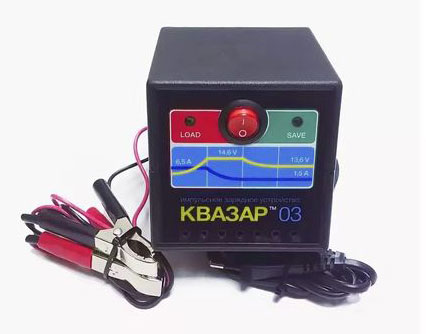
How to choose a good battery charger?
After determining the main types of chargers, you can begin to deal with additional features and special functions. This will allow you to understand exactly what kind of charger is needed and whether it is worth overpaying for models with additional options.
Battery voltage 6/12/24V
Figuring out the battery voltage is easy enough:
- 6V is used on batteries for motorcycles, ATVs, motorboats and other small equipment;
- 12V is used on passenger cars - this option will suit most car owners;
- 24V is used on large vehicles: buses, trucks, tractors, etc.
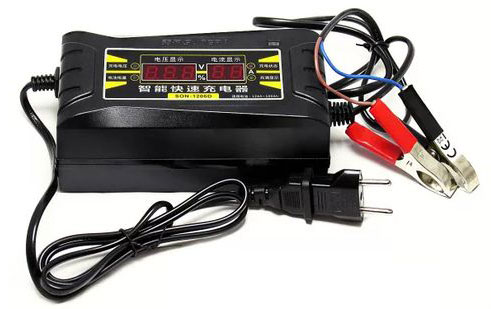
Accordingly, when selecting a charger, make sure that it is marked 12V.
Note. Some models are equipped with a switch for 6-12V or 12-24V. You can use them for batteries of different voltages.
The type of battery to be charged
There are quite a few types of batteries:
- Antimony batteries are an outdated type of battery that was used in older cars. The plates contain 5% antimony, which adds durability. The main disadvantage is that the electrolyte level should be checked constantly.
- Low antimony batteries - the next stage in the development of batteries, characterized by a lower content of antimony.
- Calcium - marked Ca, less water is used in their construction. Positive and negative electrodes are used on the grids, reducing resistance.
- Hybrid - labeled Ca+ or Ca/Sb. They differ in that antimony is applied to the positive grids and calcium to the negative ones. Hybrid batteries combine the advantages of the previous three types and are resistant to strong charges and voltage surges.
- AGM - uses electrolyte in a bound form. Popularly this type of battery is called a helium battery. To replenish the capacity are used special surge suppressors, which supply a small current.
- Alkaline - alkali is used as the electrolyte. They are rarely used on cars.
- Lead-acid batteries are the most popular type. Produce a higher current and have increased power compared to the above.
For antimony and low-antimony batteries any chargers will do, including old-style, built on the basis of a transformer.
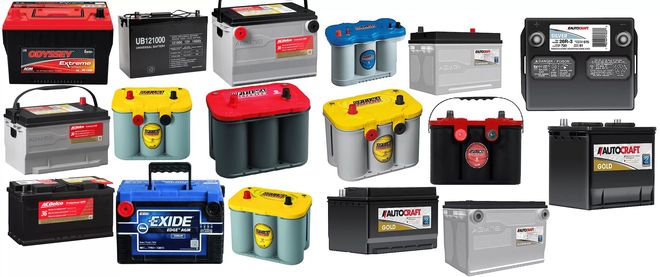
For calcium, hybrid and lead-acid batteries the pulse chargers with automatic or manual voltage regulation are used. This is the most common variant of batteries and chargers. In the technical description of the equipment, the three types of batteries are combined into one - an acid battery.
AGM batteries are charged with separate devices or those equipped with a microprocessor capable of delivering the correct voltage.
Battery capacity
When choosing a charger, you should pay attention to such a technical specification item as "Battery capacity". It must necessarily exceed the capacity of the battery to be charged with this equipment.
It will not be superfluous to take a device with a reserve, so that when changing the car, which uses a larger battery, you will not have to buy a new charger.
Charge Level Monitoring
A battery level control feature should be present in the unit if the car owner does not want to be constantly at the battery and adjust the voltage supplied to the battery during the charging process. After all, at the beginning of the charging cycle the voltage is maximum, then as the capacity is replenished, it decreases. If the same voltage is applied all the time, the battery will not be fully charged.
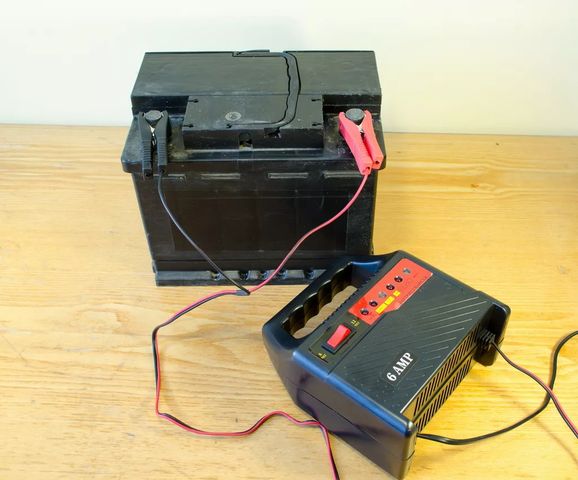
The automatic level control option allows you to connect the battery to the charger and forget about it until the end of the procedure. The system will reduce the current on its own, and when the capacity is fully replenished, it will turn the power off, preventing overcharging.
Desulphation function
A useful option that will extend battery life. Sulfation is a process whereby lead sulfate is deposited on the inner plates of the battery. It can occur for the following reasons:
- Prolonged interruptions in the use of the vehicle;
- Leaving the battery in a discharged state;
- short distance driving with frequent engine starts (usually in urban driving);
- Deep discharge of the battery;
- no periodic charging of the battery by the mains device (the capacity is replenished only by the car's generator).
Reference. Sulfation leads to a decrease in the density of the electrolyte and as a consequence - loss of battery capacity in the range of 70-80%. At such rates, the driver will not be able to start the engine.
The desulfation function will break down the sulfates, clean the surface of the plates and restore the capacity of the battery. The principle of its operation is the pulsed current supply. The device gives a low current, pauses, then gives normal voltage and pause again. After that, the cycle repeats.
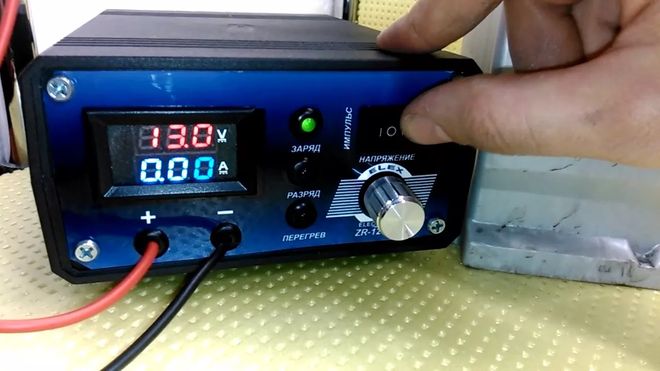
Ability to charge a cold battery
To replenish the capacity of the battery will be possible only at a positive temperature of the electrolyte - more than 5 degrees. It is possible to start the process at a lower temperature, but the battery will be charged only when it warms up.
In order not to wait for the battery brought from the cold to warm up, a temperature compensation function or "cold weather" mode was invented. ("winter"). The option is often marked with a snowflake.
Quick Charge Mode
This function is useful when you need to quickly replenish the capacity of the battery and do not have time to wait 8-12 hours, as required by the standard procedure. It is not recommended to use it permanently, but it will be helpful in case of emergency.
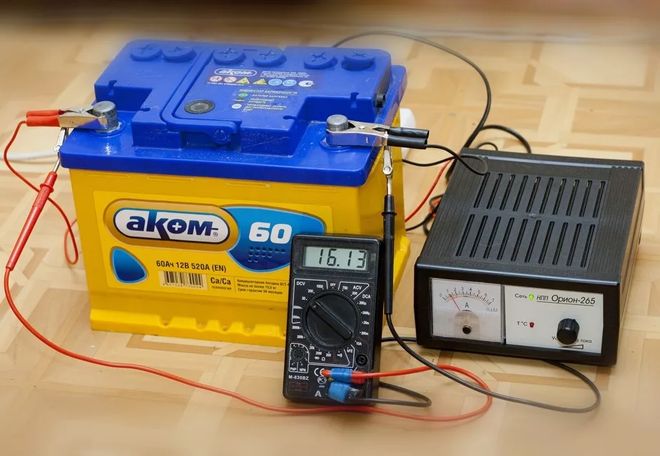
Memorizing settings
"Smart" pulse chargers have many settings that allow you to carry out the charging procedure as the battery owner sees fit. To avoid having to re-enter the settings every time, there is an option to remember the settings. Thanks to the battery or built-in rechargeable battery, the device saves the last entered parameters and offers to use them the next time it is turned on.
Important. The function will be useful only when replenishing the capacity on one battery - if you connect another one, the parameters will have to be changed.
Indication
The display of the current operating mode of the charger is realized by means of LED lights or by installing an LCD display. This allows you to understand at what stage of charging the battery is. The cheapest models may have only one LED that indicates when the power is on.
It is also recommended to choose a battery charger with a built-in ammeter. The meter is important for setting the initial amperage and tracking its decrease.
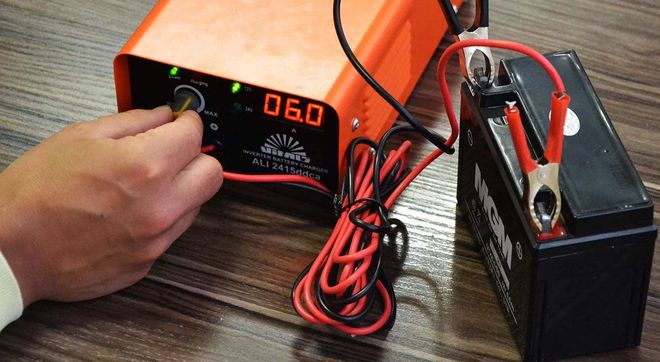
Miswiring Protection
This option is available in almost all devices. It is designed to prevent damage to the battery if the plus wire from the charger to the battery is connected to the minus terminal or vice versa.
Warning! Whether there is a protection function or not, it is important to remember that the red wire of the charger is connected to the positive terminal of the battery and the black wire is connected to the negative terminal of the battery.
Charging Deep Discharged Batteries
Battery discharging to zero is very bad for the condition of the battery. In most cases, the battery can not be restored. If a deep decrease in capacity has occurred, however, you should use a charger with the appropriate function. These are pulse models, which prepare the battery for subsequent charging, by applying a low current (about 5% of the nominal capacity).
If not prepared, the battery will simply not accept the charge. Moreover, some devices not equipped with this option will not even see the battery connected to them. If the model has a manual current control, you can try to simulate the mode by setting the minimum possible value and gradually increasing it.
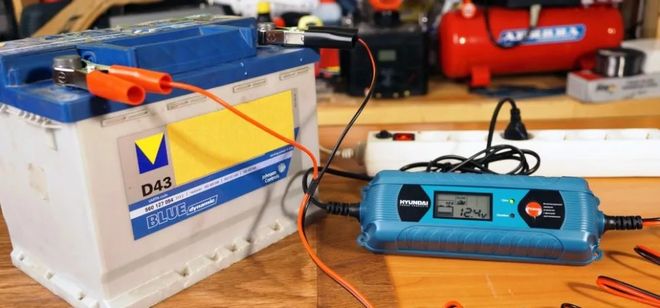
What company to choose
Popular on the market are devices of such companies:
- Stec;
- Hyundai;
- Bosch;
- Auto Welle;
- Forte;
- Vitals;
- Orion.
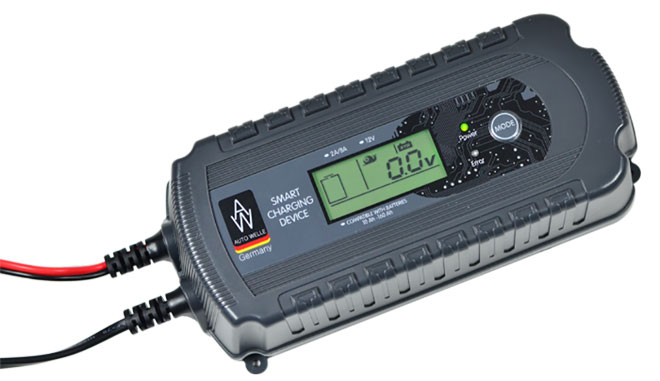
Nevertheless, you should not rely too much on the brand when choosing a battery charger. In the range of one manufacturer you can find both successful and very unreliable models. It is best to read video reviews and owner reviews before buying.
Maintenance-free batteries
The main difference between maintenance-free batteries is the lack of access to the banks. The decision to remove the holes appeared with the beginning of the production of calcium batteries, where water consumption is minimized. Consequently, a car owner does not need to look into the battery to check the electrolyte level and its replenishment.
The lack of access to the banks, causes a number of inconveniences. First of all, it is not possible to check the battery charge level by measuring the electrolyte density. The voltage on the terminals gives only an approximate value, which depends on many factors and cannot be considered objective. And the built-in hydrometer measures only one jar and often gives wrong readings.
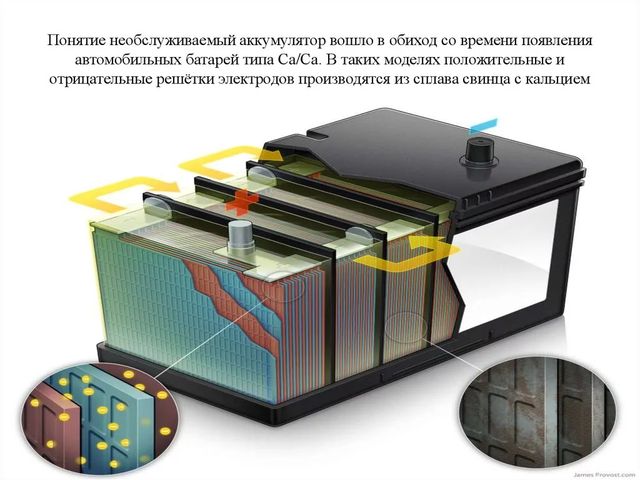
The second inconvenience is associated with the periodic need to add distilled water.
Choosing a maintenance-free battery, it is important to consider that for normal operation it will be necessary to exclude voltage fluctuations in the onboard network (must give out 13,9-14,4V) and current leakage, to monitor the work of the generator and regulator.
We hope that the recommendations presented in the article will help with the choice of battery charger. When selecting a model, it is important to pay attention to its type, for what voltage and battery capacity is suitable, whether there is a control over the level of charge. The other functions simplify the process, but are not essential - even in their absence you can easily replenish the capacity of the battery.
Related articles:

